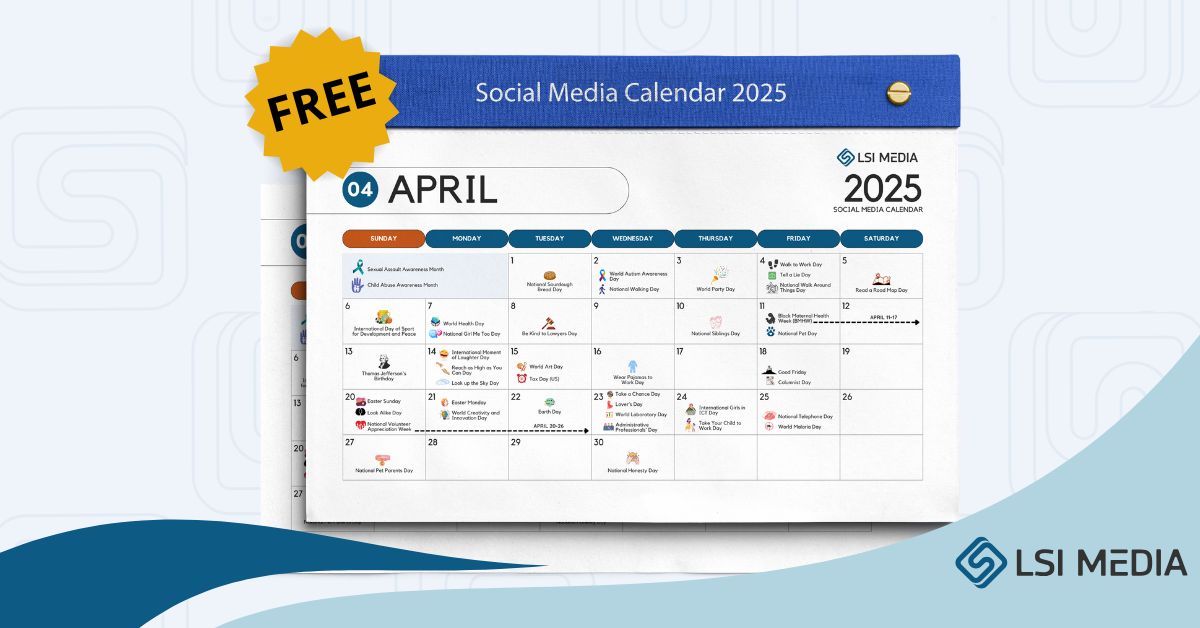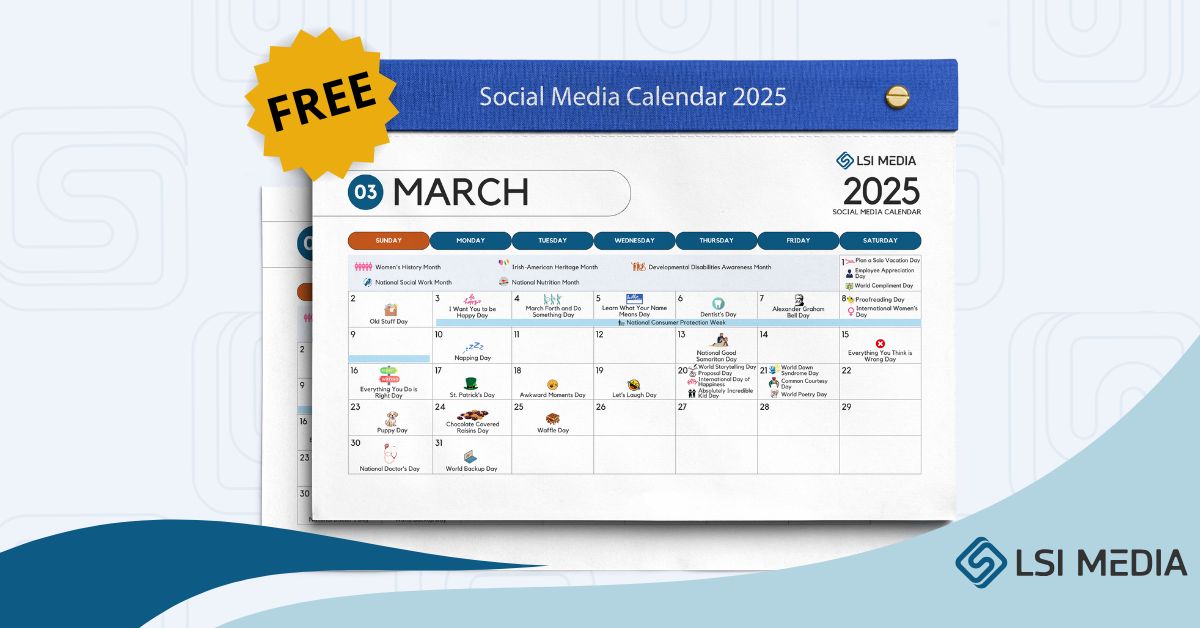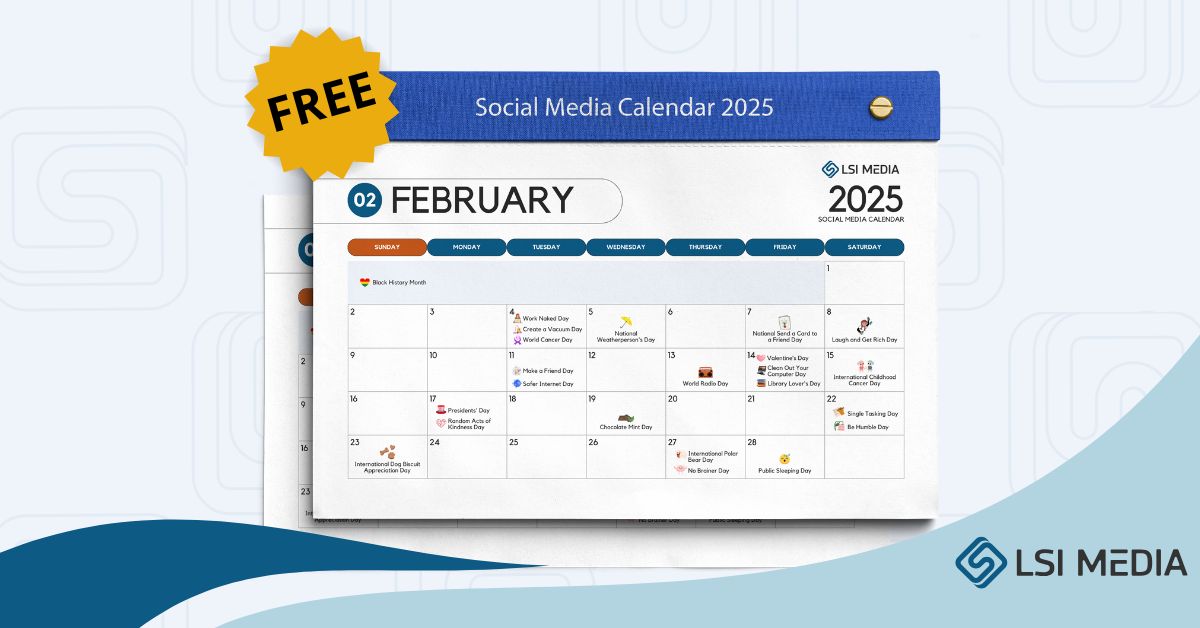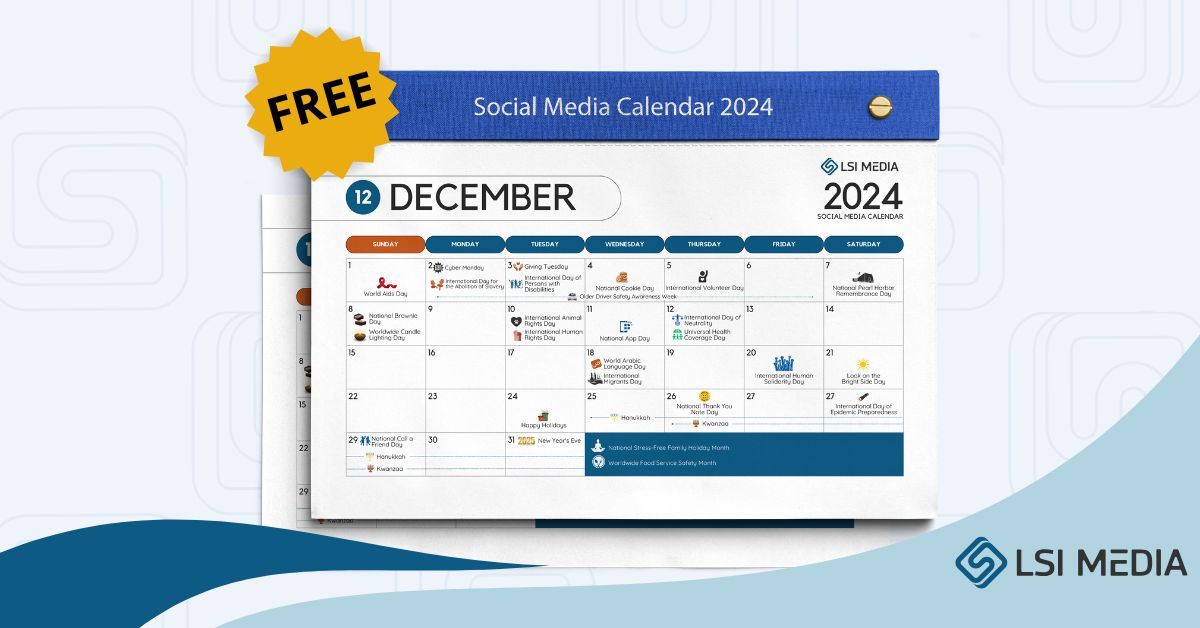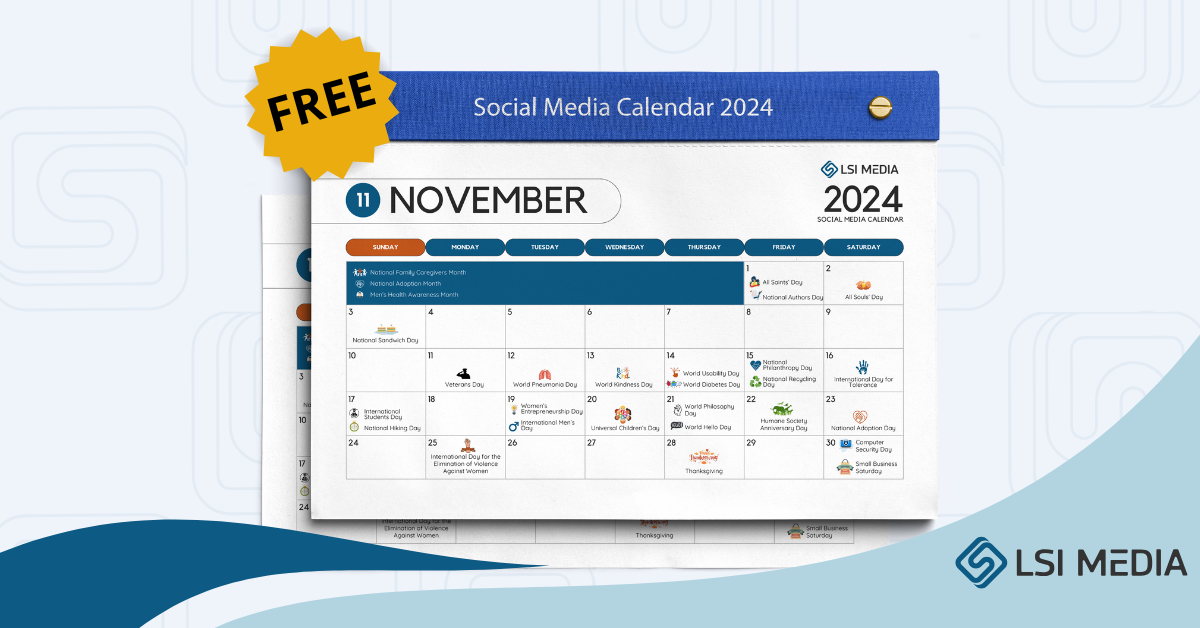[ez-toc]
The Basic Principles of Social Media Marketing are the Same as Traditional Marketing
In reality, many business owners and high-ranking company executives have a hard time figuring out how social media marketing can be quantified and counted as you would normally do with the SERPs of search engine marketing or the data gathering for e-mail marketing. This is actually a viable question and one that social media marketers should be able to answer. While quality is no problem, can social media marketers make actual measurements for ROI and other aspects?
Direct marketing leads to single-sale conversion, and the metric measurements for this are very simple. The conversion is also easily tracked. However, we all need to realize that social media marketing isn’t just about conversions and measurements. It’s also about relationship marketing. To show this, we need to realize that when viewing the traditional Customer Purchase Funnel based on non-social media marketing, you get this:
Awareness
Consideration
Preference
Purchase
Notice that everything ends at the purchase phase. Now notice the difference in the Customer Purchase Funnel based on social media marketing:
Awareness
Consideration
Preference
Purchase
Loyalty
Advocacy
The Funnel or Inverted Pyramid is Still the Basic Premise for Social Media Marketers
With social media, the marketing doesn’t end with a purchase, because customer loyalty and eventual customer advocacy are strongly encouraged in social media through likes, sharing, comments, replies, posts, interactions, discussions, and the like.
Action-based metrics can measure and track social marketing
It’s simply counting the clicks; how many shares and likes were clicked off? How many went to the landing page or the main website? How many actual purchases were made? How many joined your contest or subscribed to your newsletter? These are all clicks and can be counted.
Make Sure All Social Media Marketing is Serving the Main Business Goal
Once social media marketers are focused only on one single business goal, then everything else should be accomplished in this direction. When this is done, everything else can be measured and adjusted. For instance, since the company has already garnered more than 200 Twitter followers, the objective now is not to add more followers but to engage the existing 200 for conversions and eventually for loyalty and advocacy.
Lead your happy clickers to a lead capture form
Clicks may be counted, so what you can do is entice those who love to click ‘like’ or ‘share’ to a customized tab for a lead capture form to generate all the necessary information needed for sale conversion. You can create the form in such a way that potential customers aren’t giving away sensitive information but only that which may entice them to buy your products. While using a landing page can achieve this, it would be wiser to stick to the native social page because many people have second thoughts when leaving a site.
Prompt the leads toward the next step in the funnel
Now that you got their number or e-mail address, you can wait for 3 to 4 days and then make your move. Here is where social media marketing contributes greatly to the efforts of other digital marketing efforts rather than vice versa.
Use a reporting format that senior executives can fully understand
It’s a good idea to always treat your bosses as if they were non-tech savvy, even if they’re not. The best format will always be an Excel type of reporting that will clearly show data visualization and counts (such as the number of clicks for ‘like’, ‘share’, etc.), short bullet points to emphasize conversions, real numbers compared against non-social media marketing, and a traceable path to ROI.
FAQs:
1. What is social media marketing?
Social media marketing refers to the use of social media platforms to promote a product or service, increase brand awareness, drive website traffic, and engage with the target audience. It involves creating and sharing content on various social media channels like Facebook, Twitter, Instagram, LinkedIn, etc., to achieve marketing goals.
2. How can social media marketing quality be quantified?
Social media marketing quality can be quantified by measuring various key performance indicators (KPIs) such as:
- Reach: The number of people who have seen your social media content.
- Engagement: The level of interaction (likes, comments, shares, etc.) your content receives.
- Click-through Rate (CTR): The percentage of people who clicked on a link in your social media post.
- Conversions: The number of people who took the desired action, such as making a purchase or filling out a form, after clicking on your social media content.
- Return on Investment (ROI): The financial value generated from your social media marketing efforts compared to the cost of those efforts.
3. Why is quantifying social media marketing quality important?
Quantifying social media marketing quality is important because it helps businesses determine the effectiveness of their efforts, identify areas for improvement, and make data-driven decisions. By measuring KPIs, businesses can understand which strategies and tactics are working and which ones need adjustments. It also allows them to allocate resources effectively and optimize their social media marketing campaigns for better results.
4. What tools can be used to measure social media marketing quality?
There are several tools available to measure social media marketing quality, including:
- Google Analytics: Tracks social media referral traffic, conversions, and other website metrics.
- Social media analytics platforms: Such as Facebook Insights, Twitter Analytics, and Instagram Insights, provide detailed data about your social media performance.
- Third-party social media management tools: Tools like Hootsuite, Sprout Social, and Buffer offer analytics features to track and measure social media metrics.
Video Source | YouTube Video












